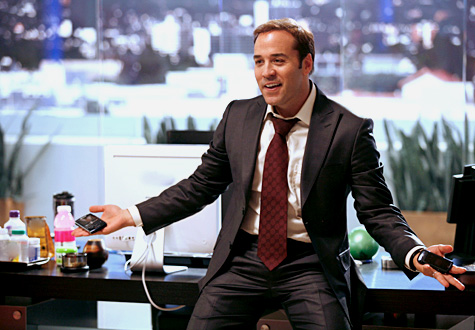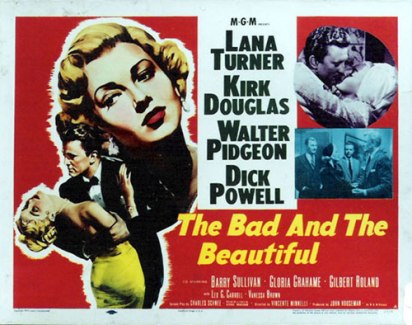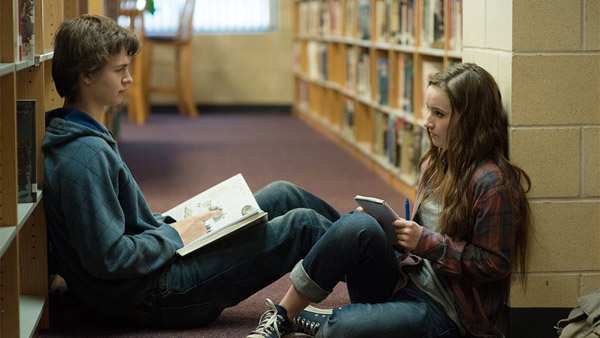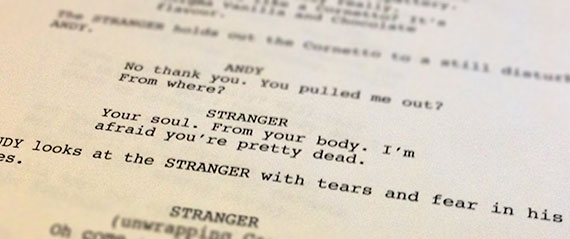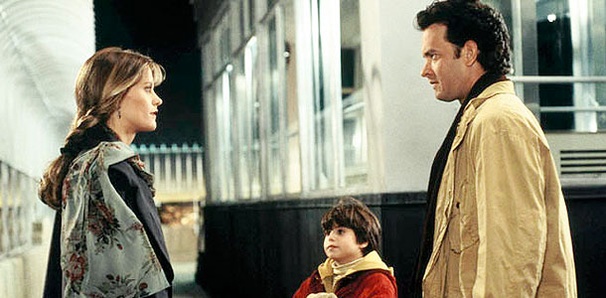
The Satisfying Scene
Scenes must have a reason to exist in your screenplay. Each scene must advance the plot forward through dialogue and/or visual storytelling. Characters’ journeys drive the script’s narrative, and each scene must steer their journey forward. Although some scenes might not even contain any characters, these scenes must still provide information about your plot, as well as your characters’ lives and actions. There is no set rule as to how many lines, paragraphs, or pages constitute a scene.
In my book Savvy Characters Sell Screenplays! I analyze Sleepless in Seattle (directed by Nora Ephron, screenplay by Nora Ephron, David S. Ward, and Jeff Arch). Here’s an excerpt:
In the romantic comedy, reporter Annie Reed crosses the country to meet a man she has never met after hearing his young son on a call-in radio show, seeking help to find a new wife for his widowed father.
In this scene example we find Annie and Barbara, having a warm mother/daughter talk in the attic.
The Scene Objective:
Annie starts reexamining her feelings about Walter.
Scene Summary:
While trying on her grandmother’s wedding dress, the newly engaged Annie tells her mother, Barbara, about how she and her fiancé, Walter, met. Mother and daughter differ when it comes to believing in destiny, signs, and magic in a relationship—Barbara is a believer while Annie is a pragmatist. The scene concludes as Annie, wearing her grandmother’s wedding dress, hugs her mother and the dress rips. Annie now believes in signs.
The Scene Arc:
In the beginning of the scene, Annie doesn’t believe in destiny and expresses her certainty about her upcoming marriage to Walter. By the end of the scene, Annie is having some subtle doubts when she realizes that she doesn’t have the same type of magic with Walter that her mother felt for her father when they met, and Annie is beginning to believe in destiny.
About the Author
Susan Kouguell, award-winning screenwriter and filmmaker, is the author of THE SAVVY SCREENWRITER and SAVVY CHARACTERS SELL SCREENPLAYS! A comprehensive guide to crafting winning characters with film analyses and screenwriting exercises (available at $1.00 with DISCOUNT CODE: G22GAZPD: https://www.createspace.com/3558862 ). Susan is a regular contributor to Indiewire/SydneysBuzz, Script Magazine and The Script Lab.
Kouguell teaches screenwriting at Purchase College, SUNY and presents international seminars. As chairperson of Su-City Pictures East, LLC, a motion picture consulting company founded in 1990, Kouguell works with over 1,000 writers, filmmakers, executives and studios worldwide. Recipient of many grants and fellowships, including the MacDowell Colony, Jerome Foundation, New York Foundation for the Arts, and the Edward Albee Foundation, Kouguell’s short films are in the Museum of Modern Art’s permanent collection and archives, and were included in the Whitney Museum’s Biennial. Kouguell worked with director Louis Malle on his film And the Pursuit of Happiness, was a story analyst and story editor for many studios, (Paramount, Viacom, Dustin Hoffman’s Punch Productions), wrote voice-over narrations for (Harvey Weinstein) Miramax and over a dozen feature assignments for independent companies. www.su-city-pictures.com. Follow Susan at Su-City Pictures, LLC Facebook fan page and SKouguell on Twitter, and read more articles on her blog: https://su-city-pictures.com/wpblog/.


